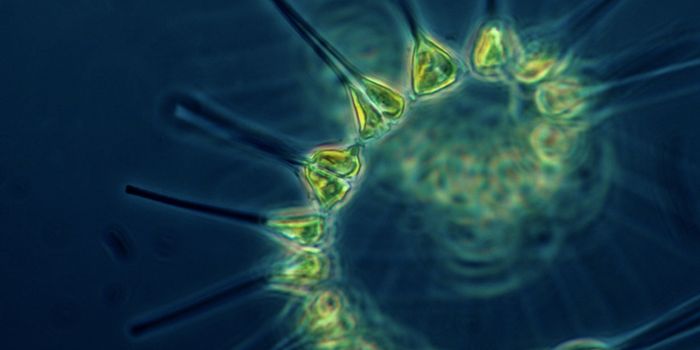Unlocking the enigma of platinum catalysts
Research published in Nature Communications reports new information identifying the specific roles that platinum nanoparticles play in catalysts that convert carbon monoxide and water into carbon dioxide and hydrogen gas. The findings are a collaboration between the U.S. Department of Energy's Brookhaven National Laboratory and Stony Brook University, as well as other institutions. They suggest that only specific platinum atoms in a platinum catalyst are actually relevant to the chemical conversion process, putting to rest prior controversy about how platinum catalysts function.
"Part of the challenge is that the catalyst itself has a complex structure," lead author Yuanyuan Li, who is a researcher at Stony Brook University’s Materials Science and Chemical Engineering Department, comments. "The catalyst is made of platinum nanoparticles (clumps of platinum atoms) sitting on a cerium oxide (ceria) surface. Some of those platinum atoms are on the surface of the nanoparticle, some are in the core; some are at the interface with ceria, and some of those are at the perimeter -- the outside edges -- of that interface. Those positions and how you put the particles on the surface may influence which atoms will interact with the support or with gas molecules because some are exposed and some are not."
In order to dive into the complexity of the catalyst, the researchers needed to investigate what was happening at the catalyst’s active site at the atomic level. Researcher Anatoly Frenkel said upon closer inspection, they observed that "The platinum atoms at the perimeter of the particles were 'dancing' in and out of focus in an electron microscopy experiment carried out by our collaborators, while the rest of the atoms were much more stable.”
"We found that only the platinum atoms at the perimeter of the interface between the nanoparticles and ceria support provide the catalytic activity," Li added. "The dynamic properties at these perimeter sites allow the CO to get oxygen from the water so it can become CO2, and the water (H2O) loses oxygen to become hydrogen."

Understanding which platinum nanoparticles are responsible for chemical conversion is key to designing and developing catalysts that only use the least amount of platinum needed. Because platinum is rare and expensive, such future catalysts could be tailored to reduce resource consumption.
"We might assume that all the surface platinum atoms are working, but they are not," Li notes. "We don't need them all, just the active ones. This could help us make the catalyst less expensive by removing the atoms that are not involved in the reaction. We believe that this mechanism can be generalized to other catalytic systems and reactions," she concluded.
Sources: Nature Communications, Science Daily








